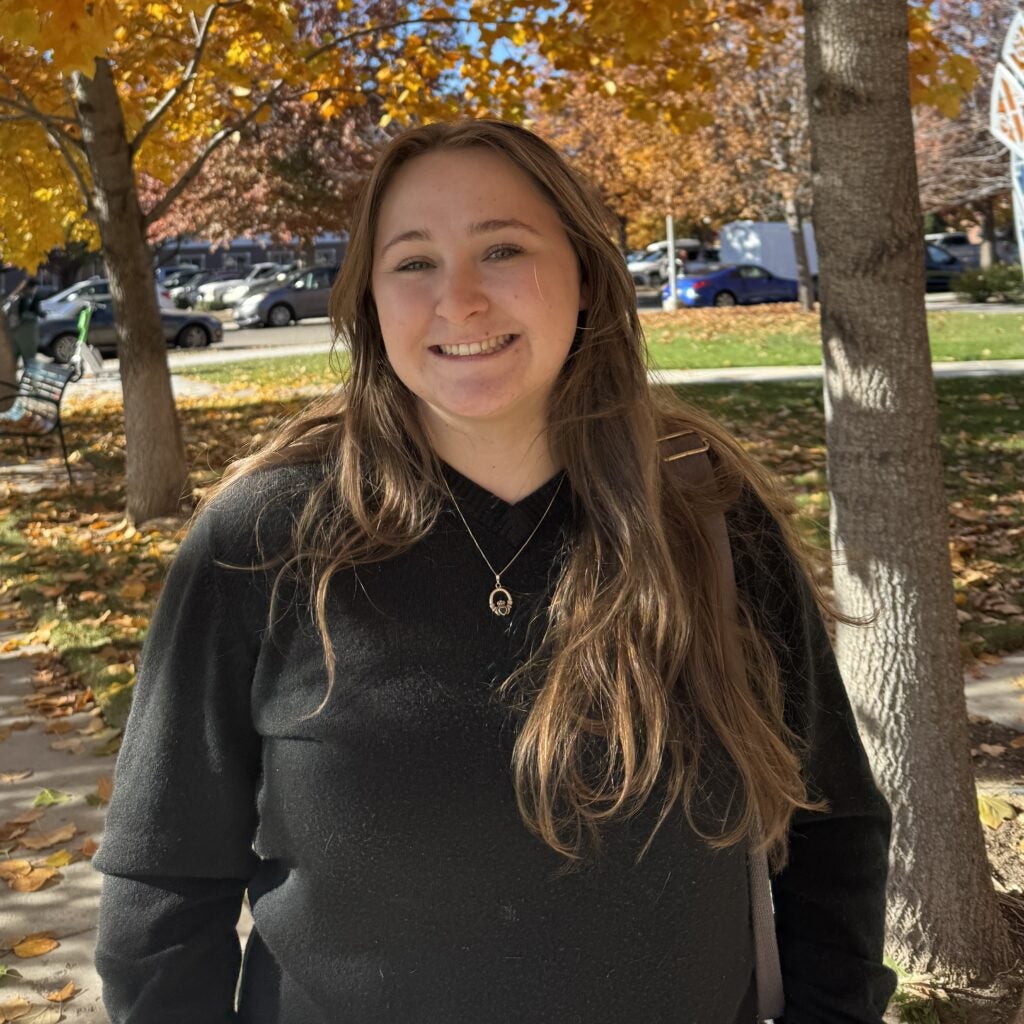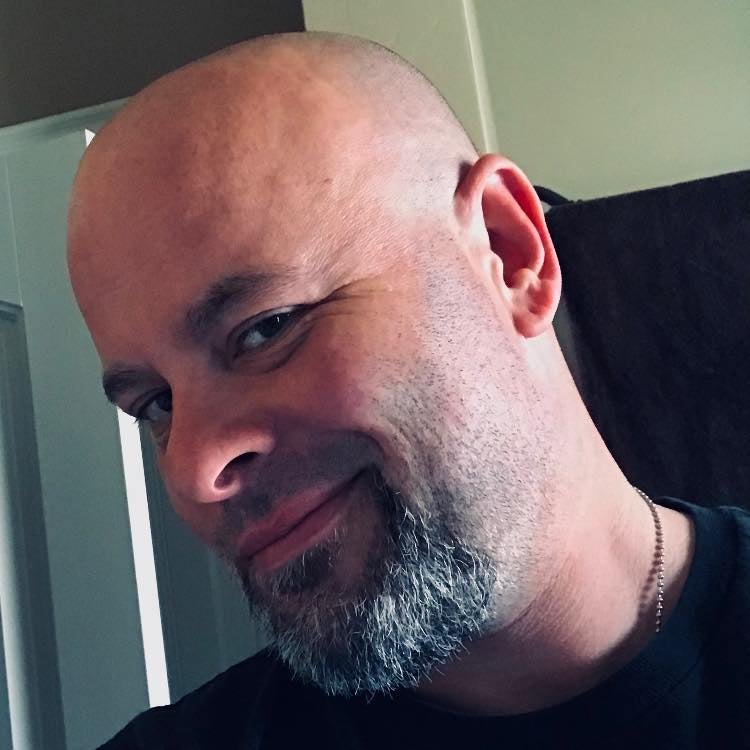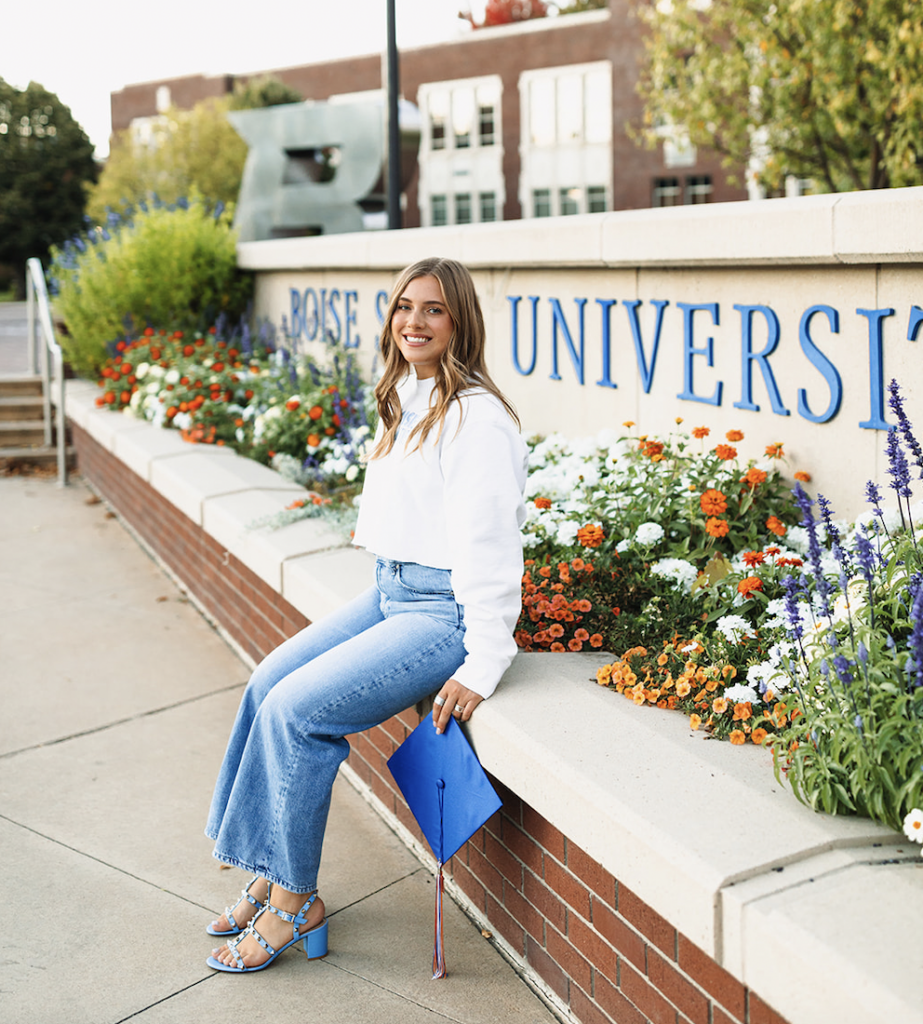Students in this year’s School of Public and Population Health Capstone class aimed to design and engage in a capstone project that synthesizes healthcare or public health concepts and approach their project through a health-focused lens. The students spent eight weeks working on their projects that included connecting with a community group, researching a certain subject or both.
The class connected throughout the semester to share feedback on each others projects and finally presented their work in December. Learn about three student capstone experiences below:

Health Studies senior Cayenne Denny has been a student worker with Boise State University’s Office of Information Technology (OIT) for most of her college career. Part of her role with OIT was to kick off the workflow process when students were hired across campus. Seeing that there was frequent student turnover throughout student roles, Denny aimed to investigate the reasons why students may repeatedly leave their positions.
With her Health Informatics and Information Management emphasis background, Denny sorted through a student employee tenure and turnover dataset and analyzed the trends and patterns that stood out.
Denny’s original hypothesis assumed turnover was due to students finding higher paying positions. However, Denny’s research concluded that seasonal turnover affected most departmental turnover.
Learn more about Denny and her project here:
Q: What was your biggest project takeaway?
A: My biggest takeaway from this project is that student employees are much more dedicated and loyal to OIT when they get hired than I expected. Some students even had multiple jobs within OIT during this time. This showed me that job stability, growth opportunities, and departmental connections play a bigger role in retention than I initially thought.
Q: What has been your favorite part of this capstone class?
A: My favorite part of this class has definitely been exploring my data analytics skills. Jaime (Professor Jaime Sand) made me feel like what I was doing mattered, this faith helped me have faith in myself. When my project got difficult, and at times looked like it was coming to a standstill, Jaime was there with a motivational word and a helping hand helping me move forward with confidence.

Senior Public Health student Eric Hoover focused his project on improving workplace ergonomics for roofers by developing practical training materials. Through several surveys, research and discussions with local roofers, Hoover identified common challenges, such as back and shoulder strain, caused by repetitive motions and awkward postures.
Hoover used his training from his emphasis area, Environmental and Occupational Health Sciences, to research and focus on worker health. The training materials Hoover developed aimed to provide actionable solutions such as: proper lifting techniques, ergonomic tool use and stretching exercises to help roofers reduce injuries and work more comfortably.
Q: What encouraged you to work on this specific project?
A: Observing the lack of tailored ergonomic resources for roofers encouraged me to focus on this project. I wanted to make a meaningful impact by addressing a practical, real-world issue that affects both worker well-being and productivity.
Q: What was your biggest takeaway from this project?
A: My biggest takeaway has been the importance of listening to the workers themselves. Through surveys and discussions, I learned how valuable their firsthand experiences are in identifying challenges and finding practical solutions. This project reinforced how critical worker engagement is when designing health interventions. It also highlighted the need for preventive measures to reduce injuries and promote long-term health.

Senior Health Studies student Maddy Files worked closely with Boise State’s Military Science ROTC program for her capstone project.
Files aimed to bridge the gap between community awareness of military programs and used her project to help fundraise for the university’s Military Science program. Files fundraised $13,000 from different donors and local stakeholders over a 15-week period.
Q: What encouraged you to work on this specific project?
A: I have always had a deep admiration for all men and women that serve in the United States military and that is what initially inspired me. My great-grandfather was a Navy combat veteran so I grew up always having a strong desire to show my appreciation for those that serve. Since ROTC is an underrepresented program on campus, I thought this would be a great opportunity to show my appreciation and dedication.
Q: What was your biggest takeaway from this project?
A: My favorite part of this capstone class has been working alongside Professor Sand as well as forming new relationships with those I have been able to work with during my project. This includes the LTC, cadre, cadets and donors at the corporate level. I find a lot of value in relationships alone and a lot of new relationships have been created during the last several weeks! I am forever thankful for that!